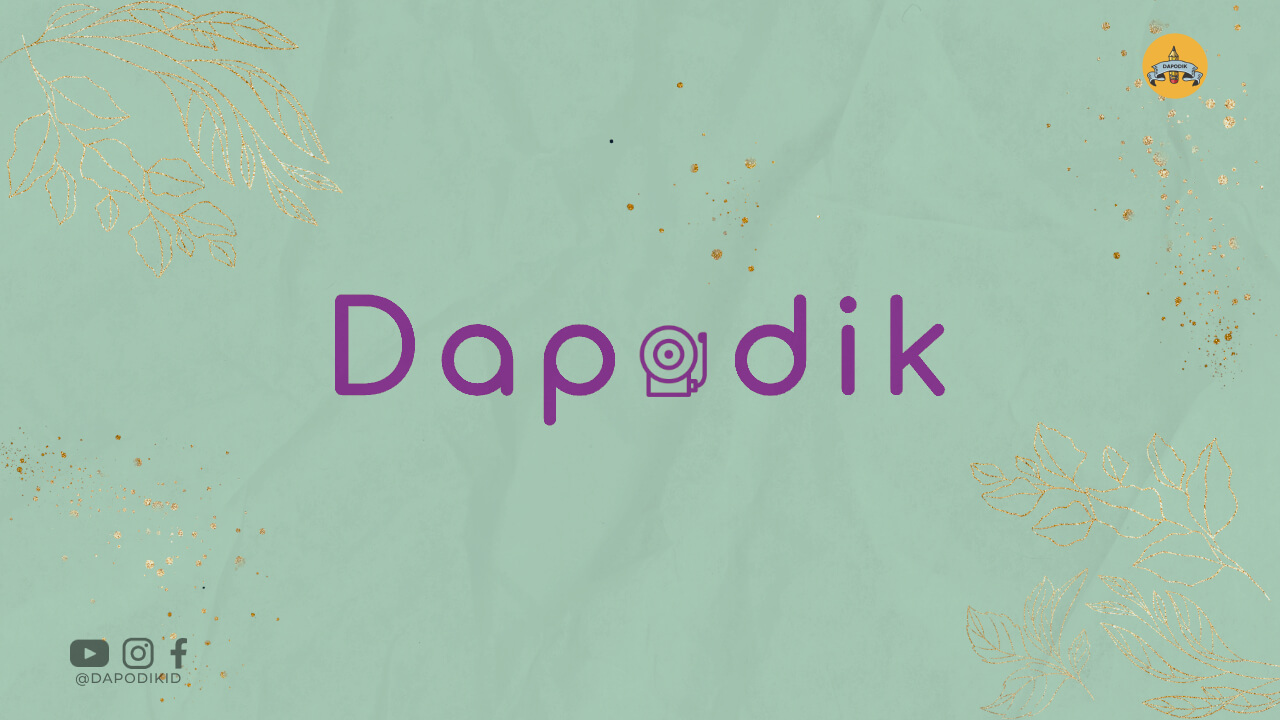Matka, also known as Satta Matka, is a popular gambling game that originated in India. It has gained immense popularity over the years, with millions of people participating in the game to test their luck and strategy. In this article, we will explore the origins of Matka, how to play it, and its impact on Indian culture.
The Origins of Matka
The origins of Matka can be traced back to the 1960s when it was introduced by a Mumbai-based businessman named Kalyanji Bhagat. Initially, Matka involved betting on the opening and closing rates of cotton transmitted from the New York Cotton Exchange. However, with time, the game evolved and started including other forms of gambling, such as betting on the opening and closing rates of imaginary products.
Over the years, Matka gained popularity among the masses and became an integral part of Indian culture. People from all walks of life, including laborers, businessmen, and professionals, started participating in this thrilling game.
How to Play Matka
Matka is a game of chance that involves the selection of numbers from a matka or earthen pot. The game is usually played twice a day, with the results declared in the morning and evening. To play Matka, participants need to choose three numbers from 0 to 9.
For example, let’s say a participant chooses 3, 6, and 9 as their lucky numbers. These numbers are then added together (3+6+9=18), and the last digit of the sum is considered the winning number. In this case, the winning number would be 8.
Participants can place bets on the winning number and win a predetermined amount based on the odds set by the Matka operator. The game offers various types of bets, including single, Jodi, Panna, and more, each with different payout ratios.
The Impact of Matka on Indian Culture
Matka has had a significant impact on Indian culture, both positive and negative. On the positive side, it provides entertainment and excitement to millions of people across the country. It has become a popular pastime, especially among the working-class population who see it as an opportunity to change their fortunes.
However, the game has also led to various social issues, including addiction and financial troubles. Many individuals have become addicted to Matka, leading to severe financial losses and strained relationships. To address these issues, the Indian government has implemented strict regulations and laws to curb the spread of Matka and other forms of gambling.
Conclusion
Matka is a game that combines luck and strategy, making it an exciting and thrilling experience for participants. While it has become an integral part of Indian culture, it is important to approach it responsibly and within the legal boundaries. Matka can provide entertainment and a chance to win, but it should never be seen as a guaranteed source of income. By understanding the origins, rules, and impact of Matka, individuals can make informed decisions and enjoy the game responsibly.

